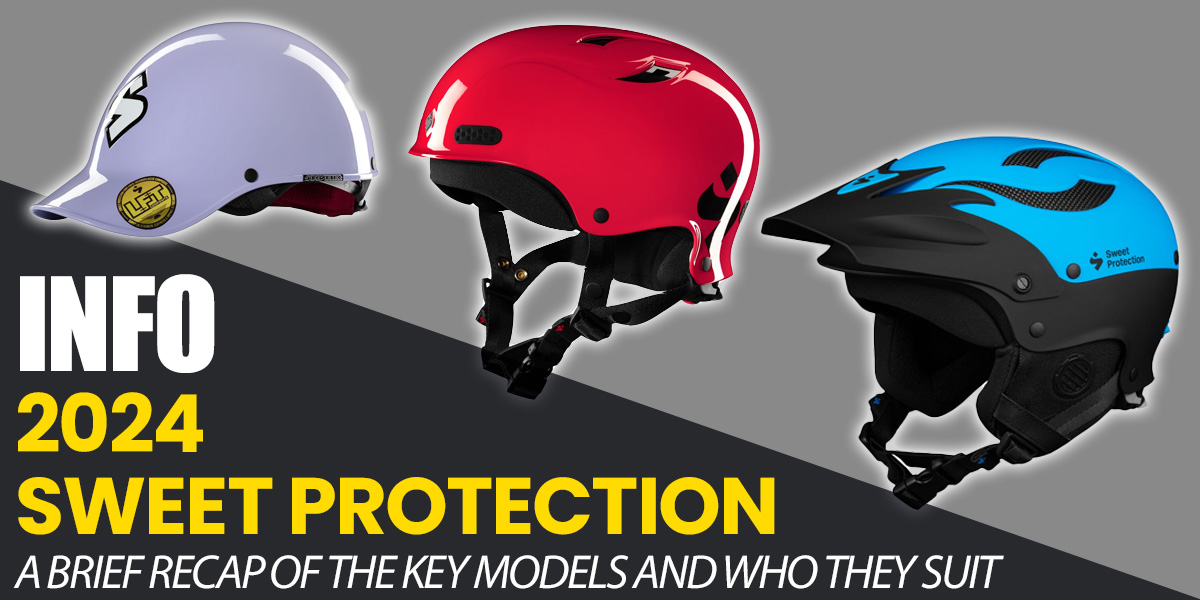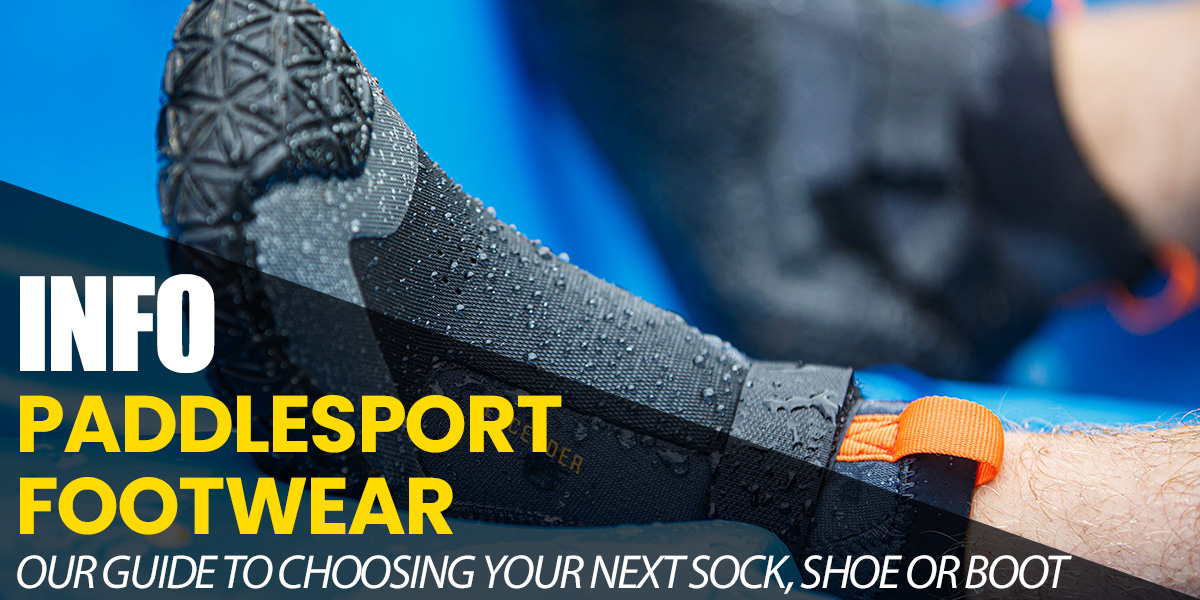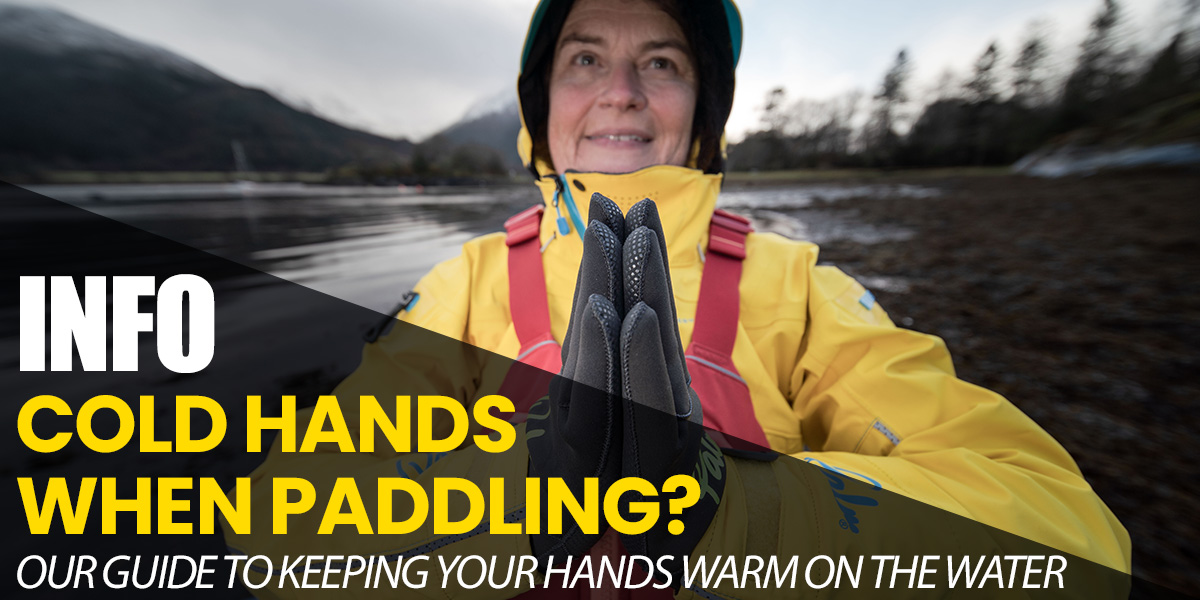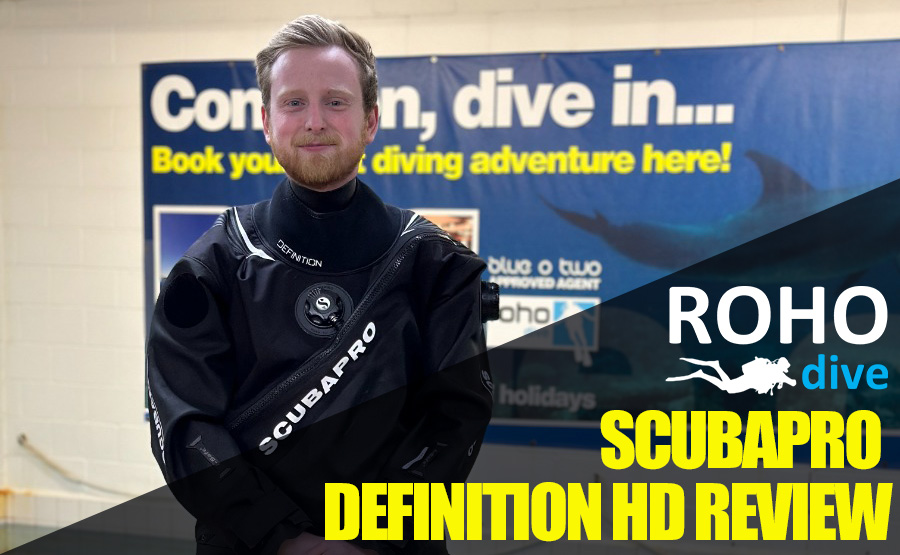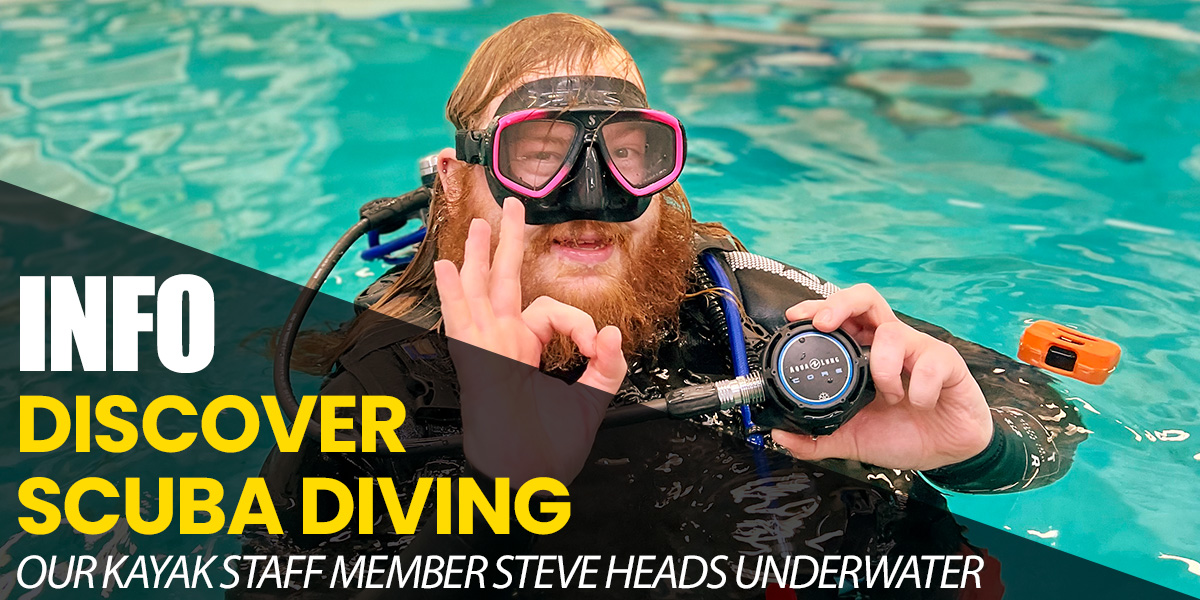As temperatures cool it's natural to review clothing choices and look for ways to extend your season and time on the water. The ultimate solution is a drysuit, an advanced one piece clothing system that fully protects you from the elements. Water tight seals on the neck, wrists and feet keep cold water out and warm air in. While you can try to recreate this technology with a dry top and trousers, the seal is never as effective when compared with a one piece suit. Sports that are particularly suited to drysuit use include, but are not limited to, the following:
- Canoe & Kayak
- SUP
- Sailing
Once you're happy that a drysuit suits your intended use it's time to make a choice around which brand and model. The vast array, combined with brand marketing materials, can make this feel a little overwhelming. Hopefully this blog will help you to demystify the world of drysuits and select the correct suit. The aim is to keep the information general, rather than discussing particular models. This should allow you to apply your newly acquired knowledge to any brand.
ENTRY STYLE
This first thing to consider is how you will get into the suit. You have a number iof choices of zip location, each having pros and cons depending on your scenario.
Back Zip
Back entry drysuits feature a zip that runs horizontally across the rear of the suit from shoulder to shoulder. The main advantage is the unrestrictive nature, promoting excellent freedom of movement. If you're looking for a suit that feels similar to a cag top then this is the correct choice for you.
The main disadvantage of back entry drysuits relates to them being more difficult to zip up without assistance. With flexible shoulders and good technique it is absolutely possible. However, those who paddle solo on a regular basis might be happier with an alternative zip location for absolute peace of mind.

(a traditional back entry suit)
Front Zip
Front entry suits typically have a zip running from the top of one shoulder down to the opposite hip. The main advantage of this configuration is the ability to enter and exit the suit without assistance. Whether this is attractive due to regular solo trips, or simply for your own peace of mind that the zip is fully seated, makes front entry suits extremely popular.

(a traditional front entry suit)
Hinge Zip
Although not as widely available, hinge zip drysuits arguably offer the best of both worlds. The hinge zip runs horizontally around the waist and the top half opens in a clamshell style. Hinge entry suits are very simple to zip up on your own, while also being extremely unrestrictive and lightweight. So what are the potential downsides? Some find the zip sits at the same level as their kayak backrest, which could be uncomfortable.

(a traditional hinge entry suit)
Leg Zip
This is the final mainstream entry style and arguably the most polarising. The leg entry zip is essentially an inverted U shape, running up your inseam. You climb into the suit in a similar fashion to a cag, then finishing with the legs. The advantages are clear. Not only is the zip easy to action solo, you then have a jacket with no additional weight or potential restrictions. In theory leg entry should be the ultimate choice but more traditional back and front zip options still dominate the drysuit market.

(a traditional leg entry suit)
ZIP TYPE
In addition to the location of the entrance zip it is also worth thinking about its construction. Your choice will come down to plastic or brass, with the former being much more common. All suits used to feature a brass zip, which is technically superior in laboratory conditions. However, the downsides of this style largely relate to its weight, stiff nature and relative fragility. In contrast, brands like YKK and Ti have developed modern plastic zips that are excellent performers, while also being flexible and light weight. They require less maintenance and are easier to do up without help. As a consequence, over 90% of suits in our range now feature a plastic zip.
SEAL STYLES
The neck, wrist and foot/ankle seals have obvious and crucial functions, most notably to keep cold water out! The suit also needs to be comfortable to wear. As a result you have a choice of seal style depending on your required comfort level and relative exposure to water impact. For instance, a whitewater kayaker in the middle of winter might desire a more aggressive seal type than a flat water stand up paddleboarder enjoying milder conditions. The choice of seal construction comes largely down to latex or neoprene, with both discussed below.
Latex seals
This type is the most effective seal against cold water ingress and is also the simplest to replace should damage occur. Latex is the gold standard for neck and wrist seals but to the uninitiated they can feel tight and uncomfortable at first. All seals ease off with time and It is absolutely possible to accelerate this process by stretching or trimming the aperture.
Interestingly, while latex ankle seals or socks are common on the market you will more often see integrated socks being produced in a waterproof fabric in preference. This allows brands to produce a superior shape and fit, as well as being more durable to small stones that might find their way into your footwear.

(latex seals, protected by an outer neoprene cone)
Neoprene seals
Neoprene is often seen as the more comfortable option for seals, being a smoother fabric that creates less tension. Every choice you make is a compromise of sorts and in the case of neoprene seals you are selecting comfort over an absolute bombproof seal. For whitewater kayakers suffering from constant water impact this is likely a compromise too far, while the choice could be perfect if you SUP, sail or canoe. In these sports the chance of ending up in the water is arguably less, so comfort for long sessions on the water may be preferable.
Not all neoprene seals are produced in equal quality fabric and you should look for suits from reputable brands, which generally use a soft and flexible material. Their neoprene seals will generally also be branded as glideskin or similar. This means the internal face is rubberised, creating a superior seal on the skin compared with standard nylon lined neoprene.

(a neoprene 'glideskin' neck seal)
MATERIALS
The main purpose of a drysuit is to keep cold water out, so the fabric used is clearly important. However, in our experience this is usually the aspect least well understood by our customers. Not only does the material need to act as a barrier to water ingress, it also needs to be vapour permeable to breath. In doing so, any moisture generated through perspiration is able to escape the suit rather than condense internally. To achieve this, drysuits are made of waterproof, breathable materials similar to what you’ll see in a quality hiking jacket.
You will find many different names for the membranes but they all work in a similar way. Drysuits are constructed using a three of four layer fabric. Although there are subtle differences, the general construction remains the same. An outer 'face fabric' is what you see when inspecting the garment. It is DWR coated to help shed water. This is laminated to an internal waterproof and breathable membrane. Without this the suit would act like a sieve, so its importance cannot be overstated. However, the membrane is fragile and so an additional internal layer is added. This is absolutely crucial in boosting the durability and lifespan of the suit. The subtle difference between three and four layer fabrics relates to the construction of this internal layer, being thicker in four layer models. However, for the purpose of your decision making it is fair to suggest that either work well, both being highly waterproof and breathable.
We are, however, seeing an increased range of Gore-Tex suits on the market and so this is worth discussion. While premium in price terms, the Gore-Tex waterproof membrane is the most waterproof of the breathable membranes currently available. Gore industries are very proud of their product and insist on testing every product that contains their membrane, so you essentially benefit from an additional layer of quality control. In addition, Gore back their products with a class leading warranty that is not time limited. It instead spans the reasonable expected lifespan of the product and is summarised below:
"If you are not completely satisfied with the waterproofness, windproofness or breathability of your GORE-TEX® product, then GORE-TEX® will repair it, replace it, or refund your purchase price"
Whether the Gore-Tex purchase price is reasonable for your budget and intended use is a personal decision. However, with more models offering improved value for money we are seeing Gore-Tex become a more popular choice, especially with the aforementioned additional brand support.

(Gore-Tex Pro fabric layers)
OTHER FACTORS
There are many other aspects to consider and I plan to cover only those which our staff and customers see as most crucial. As such, let's talk convenience zips, double tunnels, hoods and pockets.
Convenience Zips
With the additional warmth and comfort of a drysuit we hope you plan to enjoy long days on the water. As such, the ability to relieve yourself without fully exiting the drysuit has obvious advantages. In the case of gents and unisex suits this comes in the form of a horizontal front convenience zip.

(a front men's/unisex convenience zip)
For female specific models you will find a rear horizontal drop seat, which proves extremely popular with our customers. While front convenience zips can be added to suits at a later date this is generally a much more costly approach and I would therefore encourage you to consider whether this feature is important to you prior to making a suit purchase.

(a drop seat women's convenience zip)
Double Tunnels
You will see that many suits have a twin waist seal, generally with velcro tabs to tension and secure. This allows kayakers to integrate a spraydeck. However, it is also useful as a tool to improve the overall fit, allowing you to cinch in any loose material.

(a double tunnel waist with velcro to secure)
Hoods
This is a relatively rare feature on drysuits but can be crucial depending on your intended use. For sea kayakers and sailors hooded suits are extremely popular. However, when not in use they can feel cumbersome and so this is something to consider. Perhaps your scenario be better catered for with the use of a separate hat, beanie or neoprene hood?
Pockets
Pockets can be a useful addition and many of our staff, friends and customers make use of them on a daily basis. Think carefully about the location of pockets and what you plan to keep in them. Will the pocket be accessible when in use? Will heavier items affect your enjoyment or safety once on the water? Generally speaking, pockets on the lower body will have less of an impact, yet are naturally less accessible if you paddle a closed cockpit kayak or similar.
CONCLUSION
Hopefully this has been a useful resource and allows you to make a more informed decision. You can see our full selection of one piece suits here.
Drysuits are a wonderful addition to your clothing selection and boost your session times, as well as allowing you to push deeper into the winter. With the right underlayers there is no day that is too cold to enjoy your sport. However, if you have any questions then all our staff are absolutely keen to help and I would encourage you to get in touch.
Steve
01924 444888






